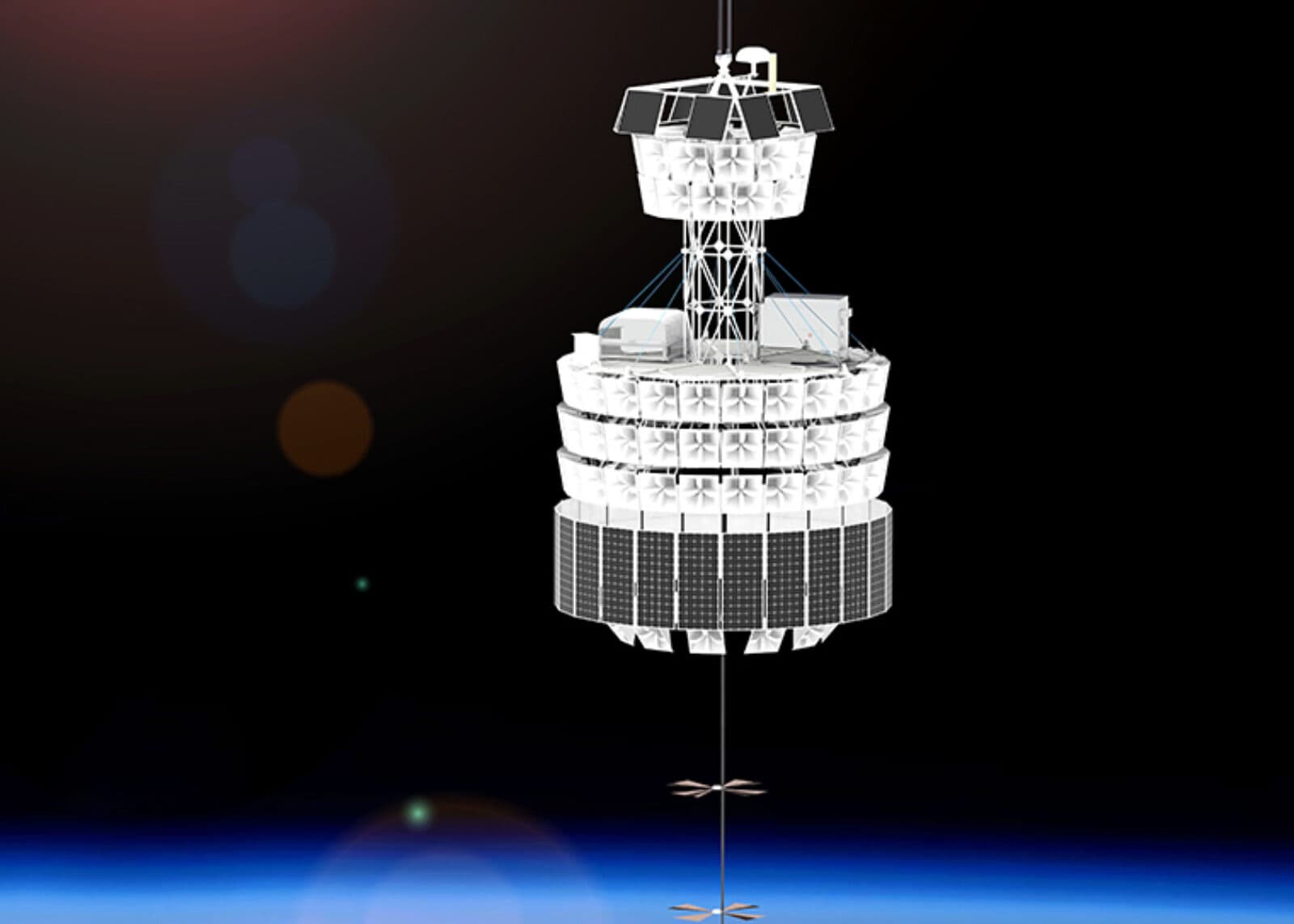Mission to Catch Sight of the Highest Energy Particles
by Adam Hadhazy
A mission concept in development and led by members of the Kavli Institute for Cosmological Physics would put a balloon high above Antarctica to spy hyperenergetic neutrinos striking the ice

The Author
The Researcher
Earlier this month, researchers working on an astrophysics mission dubbed PUEO received the good news that NASA would like to develop their concept further. PUEO, which stands for Payload for Ultrahigh Energy Observations, has an ambitious goal: to discover the highest energy particles in the universe, known as ultra-high energy neutrinos. These extreme particles are churned out by—and thus offer unique insights into—the highest energy astrophysical processes, such as the formation of black holes the mergers of neutron stars.
"PUEO really opens a new window onto the highest energies in the universe, allowing us to learn about how the highest energy particles are accelerated in the most energetic sources," says Abigail Vieregg, principal investigator for PUEO and an assistant professor of physics at the University of Chicago and a member of the Kavli Institute for Cosmological Physics (KICP).
Neutrinos are famously aloof particles that barely interact with other matter. This ghostly quality is actually what makes neutrinos so scientifically valuable, Vieregg explains.
"Neutrinos are the perfect messenger particle," she says. "They can travel really far through the universe without interacting with anything, so they give us information about distant, energetic sources that you can't get any other way. You can probe even the most remote corners of the high energy universe with neutrinos. The same property that makes them so hard to detect makes them the ideal messenger of information!"
PUEO employs an ingenious and proven method for detecting ghostly neutrinos. It is designed to fly aloft on a balloon over Antarctica, reaching altitudes exceeding 20 miles (32 kilometers). As PUEO cruises along with currents in this rarefied air over the course of a few weeks, its detectors stare down at the continent's vast ice sheet. Those detectors are honed to pick up the fast radio blips created when high energy particles, including neutrinos, smash into the ice. While neutrino interactions with the water molecules comprising the ice are seldom, as aforementioned, the grand vista PUEO will have from its lofty perch helps ensure that the observatory can see a significant number of events—about tenfold more at certain energies than a predecessor balloon-borne observatory, called ANITA, that UChicago also collaborated on and last flew in 2016.
"Because PUEO flies high on a balloon, it can see a very, very large volume of ice all at once, which gives it a lot of places to look for these very rare neutrinos," says Vieregg.
Aside from natural technological improvements over the several years since ANITA's heyday, a major reason why PUEO will be so much more sensitive than its predecessor is that it will leverage a different kind of observational technique. "At its heart, PUEO steals the oldest trick in the radio astronomy instrumentation textbook and applies it to detecting high energy particles: interferometry," says Vieregg. Interferometry is based on how electromagnetic waves, such as radio waves, constructively and destructively interfere with each other when they overlap. Looking at the patterns created by this interference yields information about the phenomena behind the production of the waves (in this case, is the neutrinos interacting with matter).
Vieregg and two KICP colleagues, Eric Oberla and Cosmin Deaconu, seized upon this idea, proposed earlier by theorists, and found a way to implement it with hardware. Vital encouragement, Vieregg says, came from Chicago's chair of astronomy and astrophysics and a senior KICP member, John Carlstrom, who is an expert in radio astronomy. Vieregg recalls a hallway conversation with him when she first joined the faculty back in 2014. "He encouraged me to have the guts to just go and make it work," Vieregg says. She wrote a simulations paper with former KICP member Keith Bechtol showing the power of the technique, "and then we were off to the races," says Vieregg.
Overall, PUEO involves seven institutions in the United States and four international institutions. Now having now been approved for a concept study by NASA, the PUEO collaboration will spend the next six months verifying and finetuning PUEO's costing and schedule, addressing any identified risks, and ensuring the science goals can be met while staying within the $20 million budget stipulated by the NASA program the mission falls under.
"We'll know by November if the mission is a go," says Vieregg. "We sure hope it is!"